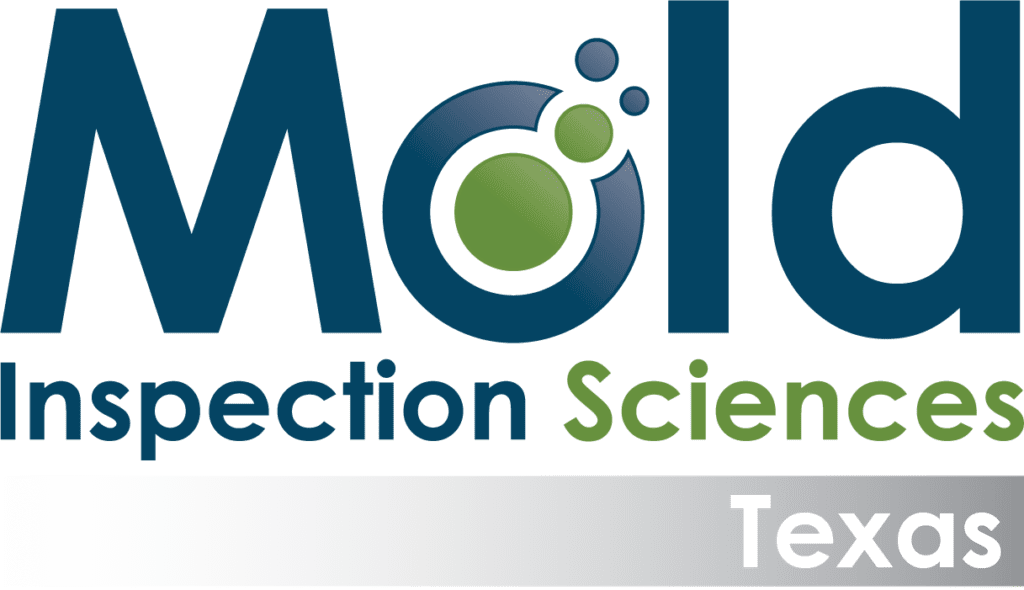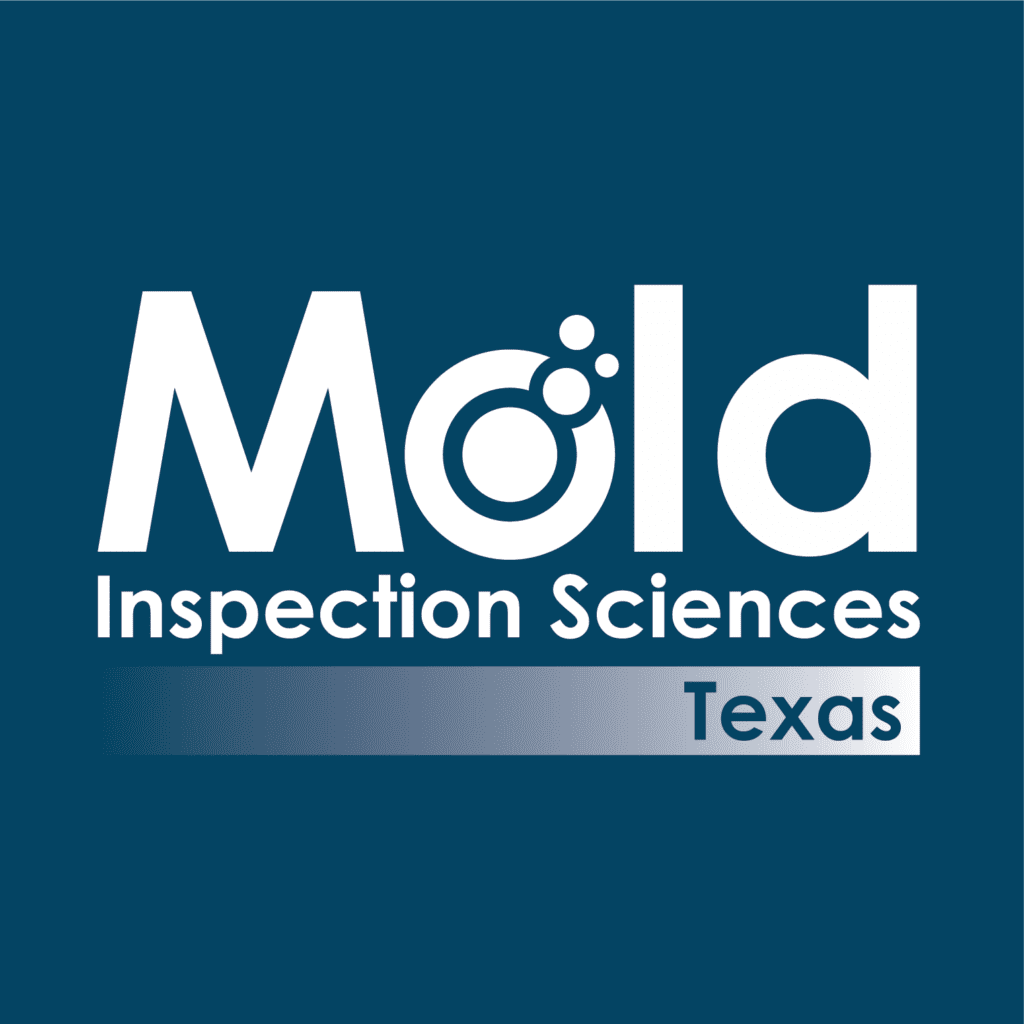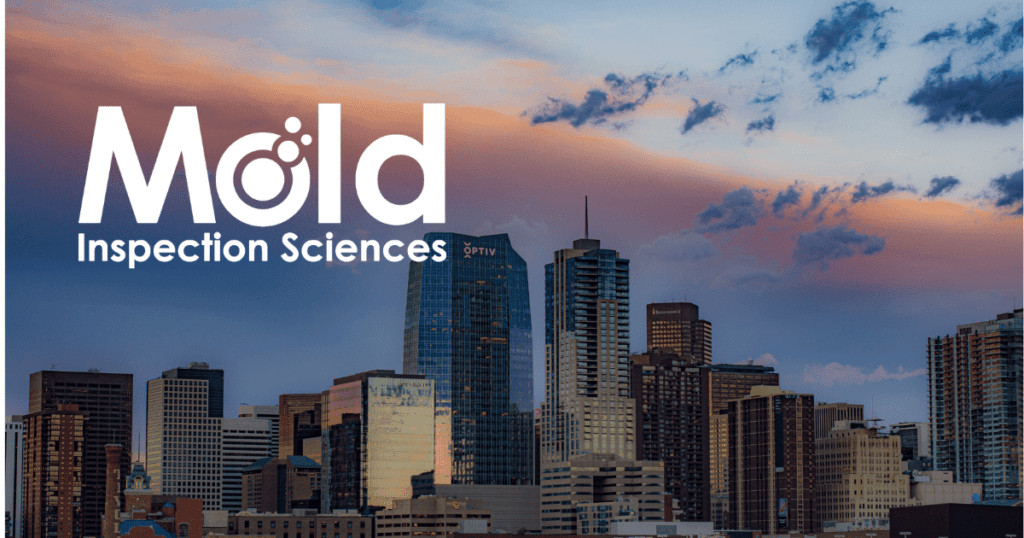Are you concerned about the presence of mold in your home or workplace? Look no further than Mold Inspection Sciences. With their expertise and cutting-edge technology, they offer comprehensive mold inspections designed to identify and address any mold issues. Whether you suspect mold growth or simply want to ensure a healthy indoor environment, Mold Inspection Sciences is dedicated to providing high-quality service and peace of mind. Trust their friendly team to assess the situation accurately and provide effective solutions for a mold-free living or working space. Say goodbye to the worries and hello to a safe and breathable environment with Mold Inspection Sciences.
1. Importance of Mold Inspection Sciences
1.1 Understanding Mold Growth and Health Risks
Mold growth is a common issue that many property owners face, and it can have serious implications for both the structure of the building and the health of its occupants. Mold thrives in damp, humid environments and can quickly spread if not properly addressed. Not only can mold cause significant damage to walls, ceilings, and floors, but it can also release spores into the air that can be harmful when inhaled.
The health risks associated with mold exposure should not be taken lightly. Mold spores can trigger allergic reactions, such as sneezing, coughing, and watery eyes, in susceptible individuals. Prolonged exposure to mold can even lead to respiratory issues, including asthma attacks and chronic bronchitis. In some cases, mold exposure can cause a condition known as mycotoxicosis or toxic mold syndrome, which can result in severe neurological symptoms.
1.2 Need for Professional Mold Inspections
Given the potential health risks and structural damage associated with mold growth, it is crucial to enlist the help of a professional mold inspection company. DIY methods of mold detection may not provide accurate results and can even exacerbate the issue if not handled properly. Professional mold inspectors have the knowledge, experience, and specialized equipment necessary to effectively detect, assess, and address mold problems.
1.3 Benefits of Mold Inspection Sciences
Mold Inspection Sciences plays a vital role in ensuring the safety and well-being of property owners and occupants. By conducting thorough and comprehensive mold inspections, Mold Inspection Sciences helps identify the presence of mold, assess the extent of the infestation, determine the type of mold present, and provide valuable insights into the causes of mold growth. This information is crucial for developing effective remediation strategies and preventing future mold problems.
2. Process of Mold Inspection Sciences
2.1 Initial Assessment and Client Interview
The process of mold inspection begins with an initial assessment and a client interview. This step allows the mold inspector to understand the specific concerns and any visible signs of mold growth. The client interview helps gather important information about the property, such as its history of water damage, previous mold issues, and any recent remodeling or repairs.
2.2 Visual Inspection and Documentation
Once the initial assessment is complete, a thorough visual inspection is conducted. Mold inspectors carefully examine the property, including all accessible areas, such as basements, crawl spaces, attics, and living spaces. They document any visible signs of mold growth, such as discoloration, staining, or visible mold spores. Detailed documentation, including photographs, is essential for later analysis and reporting.
2.3 Moisture and Humidity Analysis
Moisture and humidity play a crucial role in mold growth. Mold inspectors use moisture meters and hygrometers to measure the moisture content and humidity levels in different areas of the property. High humidity levels, condensation, or signs of water intrusion indicate potential areas of mold growth. Identifying and addressing the source of moisture is essential to prevent future mold problems.
2.4 Mold Sampling and Testing
To accurately identify the types of mold present in the property, mold inspectors may collect samples for laboratory analysis. This can involve air sampling, swab sampling, or bulk sampling depending on the situation. These samples are carefully collected and sent to a certified laboratory for analysis. The laboratory results provide essential information about the specific types of mold present and their concentration levels.
2.5 Interpretation of Results
Once the laboratory analysis is complete, mold inspectors interpret the results to determine the severity of the mold infestation and its potential health risks. They also assess the overall indoor air quality and provide recommendations for remediation and prevention strategies. This interpretation of results is key to developing an effective mold remediation plan tailored to the unique needs of the property.

3. Tools and Techniques Used in Mold Inspection Sciences
3.1 Moisture Meters and Hygrometers
Moisture meters and hygrometers are essential tools used by mold inspectors to assess moisture levels in different materials and measure humidity in the air. These devices help identify areas of high moisture or humidity, which can indicate potential mold growth.
3.2 Infrared Thermography
Infrared thermography is a non-invasive technique used by mold inspectors to detect areas of moisture or temperature differences behind walls, ceilings, and other surfaces. By capturing thermal images, inspectors can identify hidden sources of moisture that may be contributing to mold growth.
3.3 Air Sampling Pumps and Cassettes
Air sampling pumps and cassettes are used to collect air samples from indoor and outdoor environments. These samples are then analyzed in a laboratory to determine the types and concentrations of mold spores present. Air sampling is an important tool in assessing overall indoor air quality and identifying potential health risks.
3.4 Swab and Bulk Sampling
Swab and bulk sampling involve collecting physical samples of mold growth using swabs or by removing a piece of the affected material. These samples are then sent to a laboratory for analysis. Swab and bulk sampling are particularly useful when visual inspection alone is not sufficient to determine the extent or type of mold present.
3.5 Microscopic Analysis
Microscopic analysis is performed in a laboratory setting to identify and quantify the types of mold present in collected samples. Mold inspectors rely on this analysis to determine the severity of the mold infestation and to provide accurate recommendations for remediation.
4. Qualifications and Training for Mold Inspectors
4.1 Certification and Licensing Requirements
Mold inspectors are required to have specific certifications and licenses to ensure their competence and adherence to industry standards. Different states and countries may have varying requirements, but reputable mold inspection companies prioritize these qualifications to provide high-quality services.
4.2 Continual Education and Professional Development
Continual education and professional development are essential for mold inspectors to stay updated with the latest industry trends, techniques, and regulations. Reputable mold inspection companies invest in their inspectors’ professional growth to ensure they have the knowledge and skills needed to address mold issues effectively.
4.3 Experience and Specializations
Experience is a valuable asset for mold inspectors. The more inspections they have conducted, the better they become at identifying mold sources, assessing the severity of infestations, and recommending appropriate remediation strategies. Mold inspectors with specialized training in specific areas, such as commercial properties or healthcare facilities, can provide tailored solutions to address unique mold challenges.

5. Common Types and Sources of Mold
5.1 Stachybotrys Chartarum (Black Mold)
Stachybotrys chartarum, commonly known as black mold, is one of the most well-known types of mold due to its dark greenish-black appearance. It thrives in damp environments and can grow on materials such as drywall, wood, and carpet. Black mold has been associated with various health issues, particularly respiratory symptoms and allergic reactions.
5.2 Aspergillus
Aspergillus is a widely distributed mold genus that includes over 185 species. Some species of Aspergillus can produce mycotoxins, which can be harmful when inhaled or ingested. Aspergillus can grow in various indoor and outdoor environments, including air conditioning systems, HVAC ducts, and damp areas with inadequate ventilation.
5.3 Penicillium
Penicillium is a common mold genus that includes over 300 species. It can grow in a wide range of indoor environments such as water-damaged buildings, carpets, wallpaper, and food items. Although some species of Penicillium are used in the production of antibiotics, others can release mycotoxins and cause respiratory issues in sensitive individuals.
5.4 Cladosporium
Cladosporium is a widespread mold genus with over 40 species. It can grow on various surfaces, including fabrics, carpets, and wooden materials. Cladosporium is known to cause allergic reactions, such as rhinitis and asthma, in susceptible individuals.
5.5 Sources of Moisture and Mold Growth
Mold requires moisture to grow and thrive. Common sources of moisture that lead to mold growth include water leaks, flooding, excessive humidity, condensation, and poor ventilation. Identifying and addressing the underlying sources of moisture is essential for preventing mold growth in residential, commercial, and public buildings.
6. Health Effects of Mold Exposure
6.1 Allergy Symptoms and Respiratory Issues
Exposure to mold can trigger allergic reactions in susceptible individuals. Symptoms may include sneezing, coughing, itchy or watery eyes, and skin rashes. Mold exposure can also exacerbate pre-existing respiratory conditions, such as asthma, leading to more frequent attacks and increased severity of symptoms.
6.2 Mycotoxicosis: Toxic Mold Syndrome
Mycotoxicosis, also known as toxic mold syndrome, refers to the collection of symptoms that can occur after exposure to mycotoxins produced by certain molds. These symptoms can range from mild to severe and may include headaches, fatigue, difficulty concentrating, memory loss, dizziness, and even neurological issues. While mycotoxicosis is relatively rare, it can have significant impacts on an individual’s health and well-being.
6.3 Mold-Related Infections
Certain molds, such as Aspergillus and Stachybotrys, can cause infections in individuals with compromised immune systems. These infections can affect the respiratory system, sinuses, or other organs, leading to serious health complications. Prompt identification and treatment of mold-related infections are crucial to prevent further progression and potential complications.
6.4 Effects on Vulnerable Populations
Vulnerable populations, including infants, children, the elderly, and individuals with pre-existing health conditions, are more susceptible to the health effects of mold exposure. Their weakened immune systems and respiratory systems make them more vulnerable to mold-related allergies, respiratory issues, and infections. Protecting these populations from mold exposure is of utmost importance.

7. Remediation and Prevention Strategies
7.1 Effective Mold Removal Techniques
Mold remediation involves the removal, cleaning, or treatment of mold-infested materials and surfaces to prevent further mold growth and eliminate potential health risks. Professional mold remediation companies employ specialized techniques, equipment, and cleaning agents to ensure thorough removal of mold and restoration of a safe and healthy environment.
7.2 Controlling Moisture and Humidity
Controlling moisture and humidity is critical in preventing mold growth. Proper ventilation, effective drainage systems, prompt leak repairs, and moisture control measures, such as dehumidifiers, can help maintain moisture levels below the threshold necessary for mold growth.
7.3 Proper Ventilation and Air Circulation
Adequate ventilation and air circulation are essential in minimizing moisture accumulation and preventing condensation. Properly functioning HVAC systems, exhaust fans in bathrooms and kitchens, and regular air exchange can help maintain a healthy indoor environment and reduce the risk of mold growth.
7.4 Regular Inspections and Maintenance
Regular inspections and maintenance of properties are crucial for early detection of moisture issues and mold growth. Promptly addressing any leaks, water damage, or excessive moisture can prevent costly mold remediation and potential health risks. Regular cleaning and maintenance of HVAC systems, air filters, and other areas prone to mold growth are also key in preventing mold infestations.
8. Legal and Insurance Considerations
8.1 Mold Laws and Regulations
Different jurisdictions have specific laws and regulations regarding mold. These laws may outline responsibilities for property owners, landlords, and tenants in addressing mold issues. It is essential to be aware of these legal requirements to ensure compliance and protect the rights of both property owners and occupants.
8.2 Insurance Coverage for Mold Damage
Insurance coverage for mold damage may vary depending on the insurance policy and the specific circumstances of the mold infestation. Some policies may explicitly exclude mold damage, while others may offer limited coverage. Understanding the terms and conditions of insurance policies related to mold is essential to determine coverage and file appropriate claims, if necessary.
8.3 Documentation and Reporting for Claims
Accurate and detailed documentation is vital when filing insurance claims or pursuing legal actions related to mold damage. This documentation should include reports from certified mold inspectors, laboratory results, photographs, invoices, and any communication with insurance providers or legal representatives. Proper documentation can help facilitate the claims process and ensure fair compensation for mold-related damages.

9. Case Studies: Mold Inspection Success Stories
9.1 Residential Mold Detection and Removal
In a residential property case study, a family noticed water stains and a musty odor in their basement. Concerned about the potential presence of mold, they contacted Mold Inspection Sciences. Through a comprehensive inspection, the certified mold inspector identified a hidden source of water intrusion and visible mold growth. The mold was tested and identified as Aspergillus. With the inspector’s detailed report and recommendations, the family hired a professional mold remediation company to safely remove the mold and address the underlying moisture issue. Subsequent follow-up inspections confirmed the successful elimination of mold and the restoration of a healthy indoor environment.
9.2 Commercial Property Mold Assessment
A commercial property manager sought the expertise of Mold Inspection Sciences after discovering mold growth in several tenant spaces. The mold inspector conducted a thorough inspection of the building, collecting both air and swab samples for laboratory analysis. The analysis revealed the presence of several types of mold, including Stachybotrys and Cladosporium. Based on the findings, the inspector recommended a comprehensive mold remediation plan that included removal of affected materials, repair of moisture sources, and implementation of preventive measures. Regular inspections conducted after remediation confirmed the success of the cleanup efforts and the prevention of further mold problems.
9.3 Public Building Mold Inspection
A public building authority requested a mold inspection after receiving multiple reports of allergy symptoms and respiratory issues among occupants. Mold Inspection Sciences performed a detailed assessment, including air sampling and visual inspections. The laboratory analysis indicated the presence of Penicillium and Aspergillus mold species. The inspector worked in collaboration with the building management to address the moisture sources and implement appropriate remediation strategies. Educational materials on mold prevention and proper maintenance were provided to building occupants. Follow-up inspections demonstrated improved indoor air quality and reduced health complaints.
10. Future Trends in Mold Inspection Sciences
10.1 Advances in Mold Testing Methods
As technology continues to evolve, so do mold testing methods. Advancements in laboratory techniques, such as DNA sequencing, can enhance the accuracy and efficiency of mold identification. Additionally, innovative testing methods, such as real-time polymerase chain reaction (PCR) assays, can offer rapid on-site detection of specific types of mold, allowing for quicker and more informed decision-making.
10.2 Integration of Artificial Intelligence and Machine Learning
The integration of artificial intelligence (AI) and machine learning (ML) technologies holds great promise in the field of mold inspection sciences. AI-powered algorithms can analyze vast amounts of data from visual inspections, laboratory results, and environmental conditions to identify patterns, predict mold growth, and assess potential health risks. This can greatly enhance the efficiency and effectiveness of mold inspections and remediation efforts.
10.3 Innovative Remediation Techniques
Innovative remediation techniques are continually being developed to improve the effectiveness and sustainability of mold removal. These techniques may include the use of eco-friendly cleaning agents and treatments, advanced drying technologies, and improved containment and filtration systems. As these techniques evolve, mold remediation processes are becoming more efficient, cost-effective, and environmentally friendly.
In conclusion, Mold Inspection Sciences plays a critical role in the identification, assessment, and remediation of mold issues. With their expertise, specialized tools, and comprehensive inspection processes, mold inspectors help protect the health and well-being of property owners and occupants. By addressing the root causes of mold growth and providing effective remediation strategies, Mold Inspection Sciences ensures the restoration of a safe and healthy indoor environment. With continued advancements in technology and training, mold inspection sciences will continue to evolve and improve, enabling better prevention, detection, and management of mold-related issues in the future.
